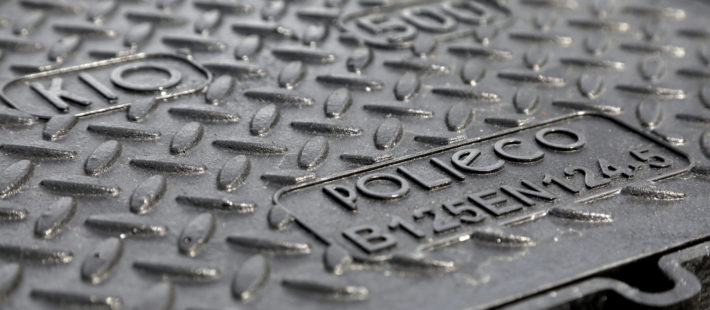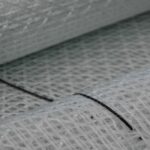

I materiali tessili avanzati sono utilizzati ampiamente nel settore dell’ingegneria civile, sia per applicazioni geotecniche, allo scopo di evitare frane e cedimenti di argini, sia per il rinforzo delle strutture di edifici storici e la protezione dai terremoti. Inserendo in questo tipo di materiali dei sensori, è possibile conferire agli stessi nuove funzionalità, come il monitoraggio dello stato di salute delle strutture e la possibilità di prevenire danni imminenti…

Nel 2013 il Dubai World Trade Center si è rivolto a Polieco Group per la realizzazione del Conference and Exhibition Centre, il centro degli eventi di Expo 2020 a Dubai, un progetto moderno nel quale non era contemplabile l’utilizzo della classica copertura in ghisa o metallo, che sarebbe andata in contrasto con lo stile dell’opera. Grazie alle caratteristiche distintive del materiale composito utilizzato, il chiusino KIO si è rivelato invece un prodotto maneggevole e sicuro e quindi la scelta migliore per questo tipo di progetto….

La combinazione di nido d’ape e polipropilene permette di alleggerire i materiali, aumentandone le proprietà meccaniche. Nidaplast offre core material che consentono la realizzazione di pannelli sandwich strutturali e leggeri, con i quali è possibile realizzare facciate armoniche, senza appesantire le strutture degli edifici. Applicando strati ridotti di fibra di vetro, alluminio o marmo, infatti, è possibile modificare con estrema facilità l’estetica di un palazzo, garantendo al contempo una buona resistenza alle intemperie….

Il progetto di ristrutturazione e di miglioramento sismico del Collegio Universitario ADISU di Perugia prevedeva la conservazione dell’attuale destinazione d’uso, migliorando il servizio offerto agli utenti. L’obiettivo è stato quello di eliminare le carenze strutturali, cercando di ottenere un miglioramento del comportamento strutturale in termini di risposta all’azione sismica. È stata condotta una modellazione con analisi dinamica lineare, risultando un miglioramento globale degli edifici interessati. Quindi si è deciso di rafforzare prima le travi e i pilastri esistenti in c.a. con FRP in carbonio, quindi i nodi con piastre in acciaio. Gli elementi in c.a. ammalorati sono stati riparati mediante asportazione del cls deteriorato, trattamento dei ferri e successiva ricostruzione del cls….

